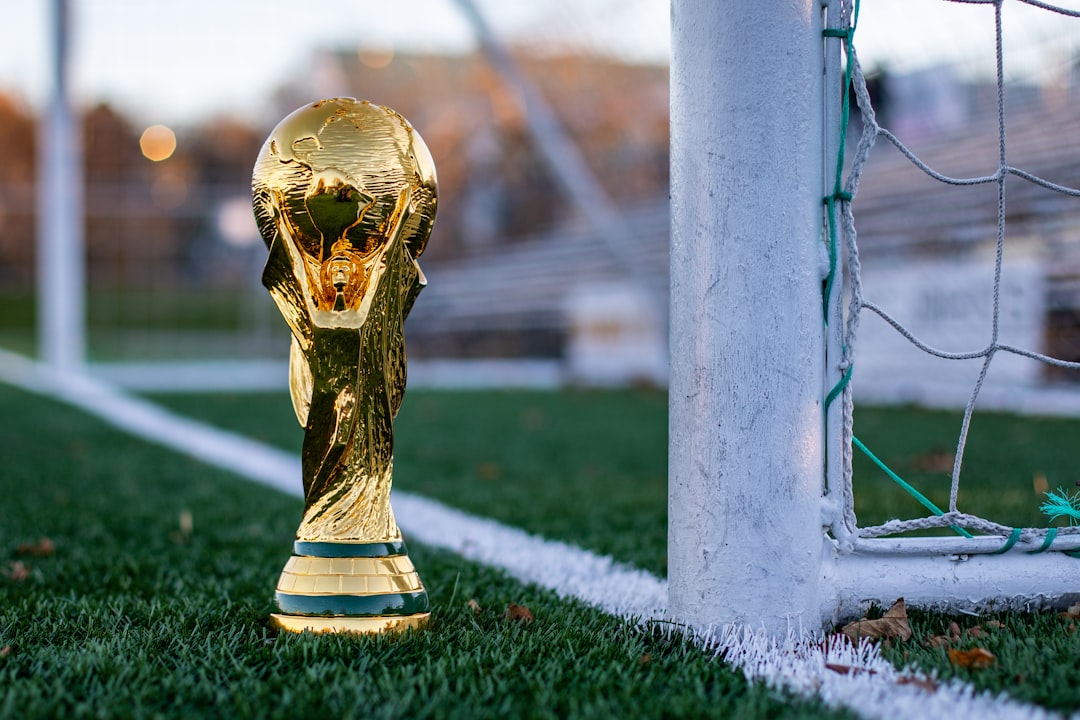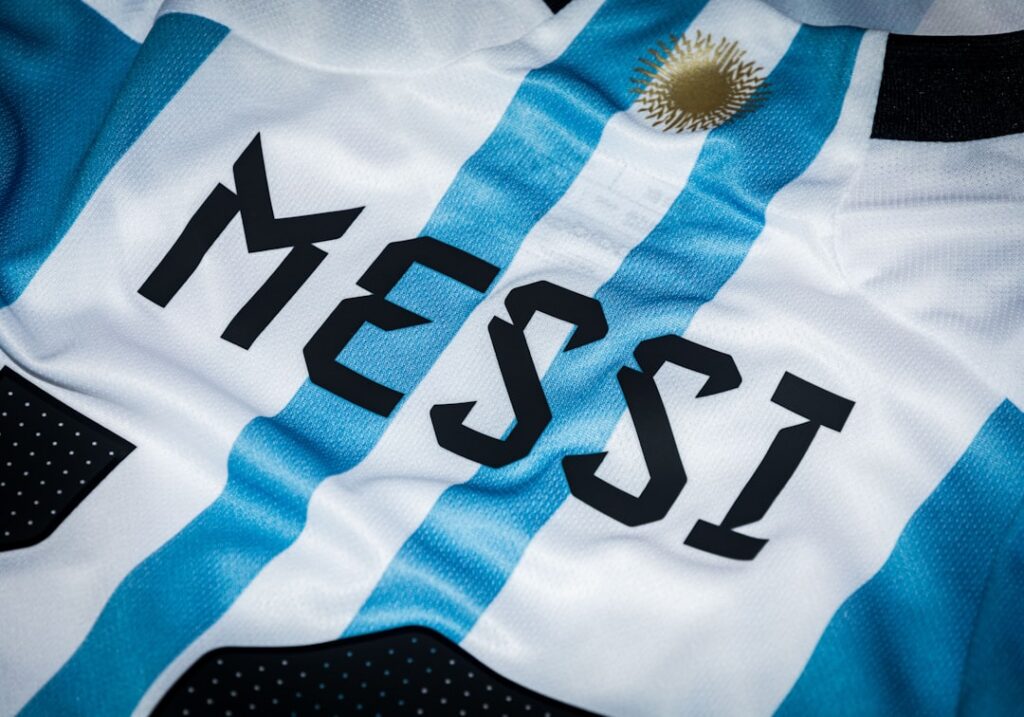
As the countdown to the World Cup 2026 heats up, fans around the globe are buzzing with excitement. This event promises to take football fervor to new heights, with North America taking center stage as the host. One of the most intriguing aspects of the global game is the stark difference in football culture between the USA and Europe. Let’s explore these differences and see how they might play into the upcoming World Cup.
The European Football Legacy
European football, or soccer as it’s known across the Atlantic, is steeped in a deep and passionate history. Countries such as England, Italy, Germany, and Spain have football woven into their cultural fabric. For many Europeans, football is more than a sport—it’s a way of life. This continent has produced legendary clubs like Real Madrid, Barcelona, Manchester United, and Bayern Munich, where the sport is often elevated to an art form.
Europe’s storied history is reflected in its leagues. The UEFA Champions League, for instance, is one of the most prestigious tournaments in the world, showcasing top talent and thrilling matches. With stadiums like Camp Nou and Wembley illuminating history on their pitches, Europe’s contribution to football is undeniable.
The Emerging American Soccer Scene
In contrast, football in the USA has experienced rapid evolution over the past few decades. Traditionally overshadowed by sports like American football, baseball, and basketball, soccer has steadily risen in popularity. Major League Soccer (MLS), the country’s primary league, has grown significantly, drawing international talent and passionate fans.
One cannot discuss American soccer culture without mentioning the Women’s National Team, boasting an impressive collection of World Cup titles. Their success has fueled the thirst for soccer and inspired a generation of young players.
The U.S. Men’s National Team, too, is seeing exciting developments. With talents like Christian Pulisic making waves in Europe, the future looks promising. How these players perform on home soil in 2026 could be a huge boost for team USA’s chances.
Fan Passion and Stadium Atmosphere
Fan cultures also differ markedly between the two regions. European fans are known for their boisterous chants, colorful tifos, and an atmosphere that can be downright electric. Clubs have die-hard supporters, often with traditions passed down through generations. Experiencing a European football match is often described as both a spectacle and an ordeal.
Meanwhile, American fans bring their own flair to the sport. Whether it’s the Los Angeles Football Club’s 3252 or the Seattle Sounders’ Emerald City Supporters, American fans inject energy with their diverse chants, bands, and fan culture. Expect enthusiastic crowds cheering the USA in 2026, bringing a distinctively American touch to the world stage.
How This Dynamic Will Impact World Cup 2026
As the USA prepares to share hosting responsibilities with Canada and Mexico, this World Cup may witness a cross-pollination of cultures more than ever before. European fans traveling to North America’s iconic stadiums will meet the vibrant American soccer culture head-on.
This cultural exchange promises an unforgettable experience, both in the stands and on the field. The exposure will likely further inspire the American youth, as Lionel Messi or Cristiano Ronaldo replacements take center stage, inspiring future stars of the USA.
How will these cultural differences shape the atmosphere of World Cup 2026? Will the USA leverage its home advantage with fan support? Or will it serve to highlight the rich, historic traditions of European teams? Whatever the outcome, it will be an epic celebration uniting football fans worldwide.
As we gear up for an unprecedented World Cup, these cultural dynamics add another layer of excitement to the tournament. What are your thoughts on how the cultural landscape of football will influence the 2026 World Cup? Keep the conversation going and stay updated with all things World Cup at CupVibes.com!


